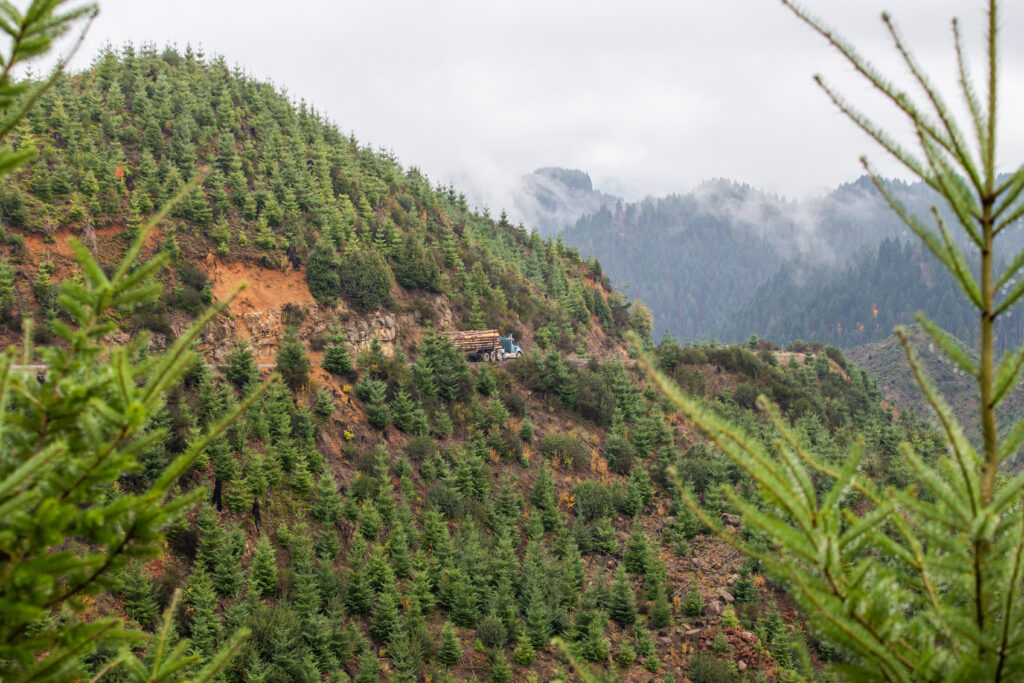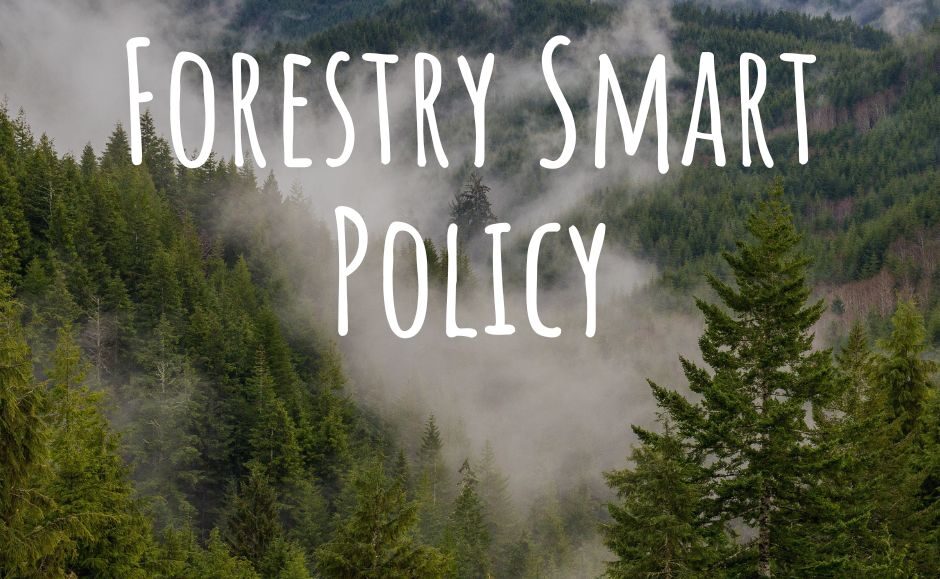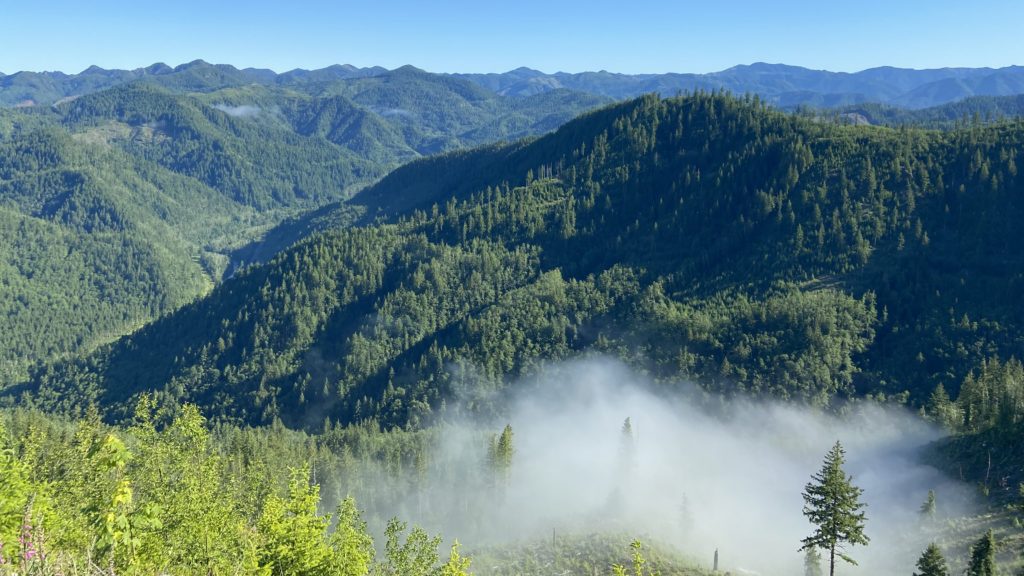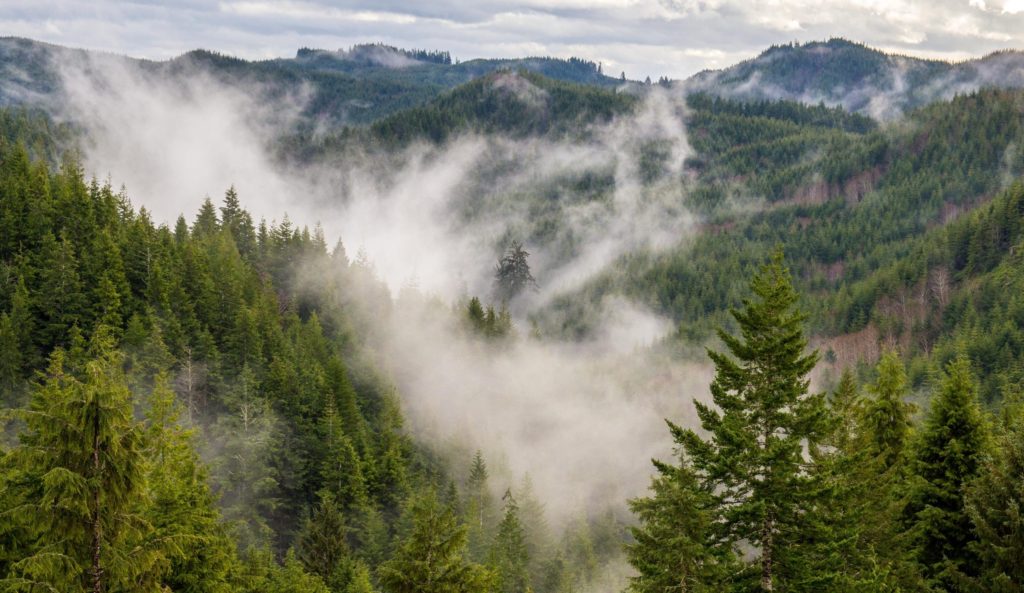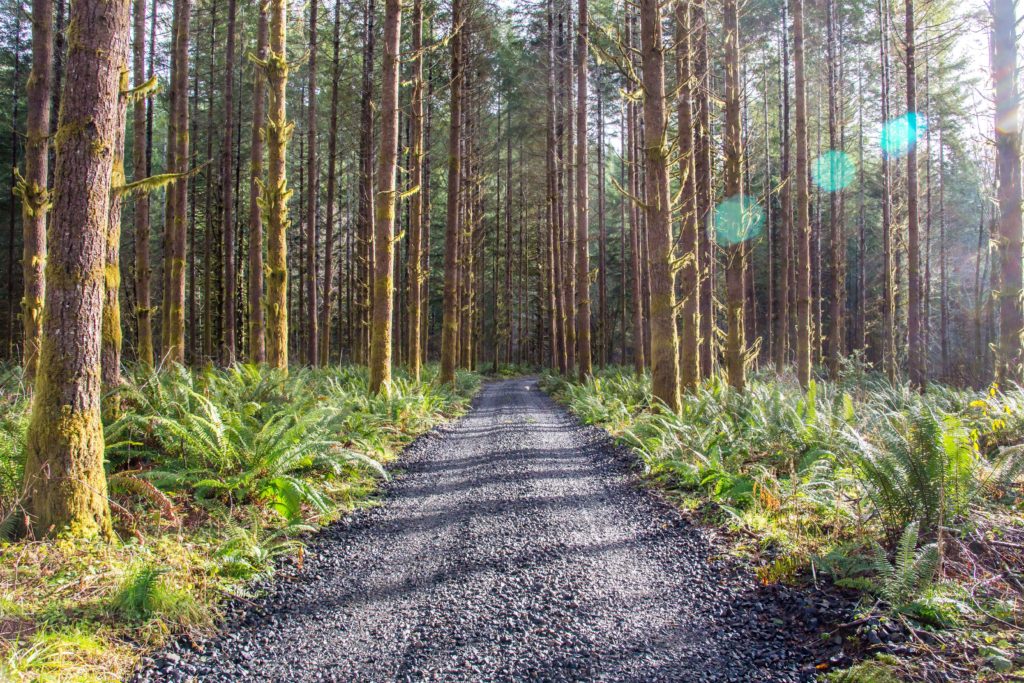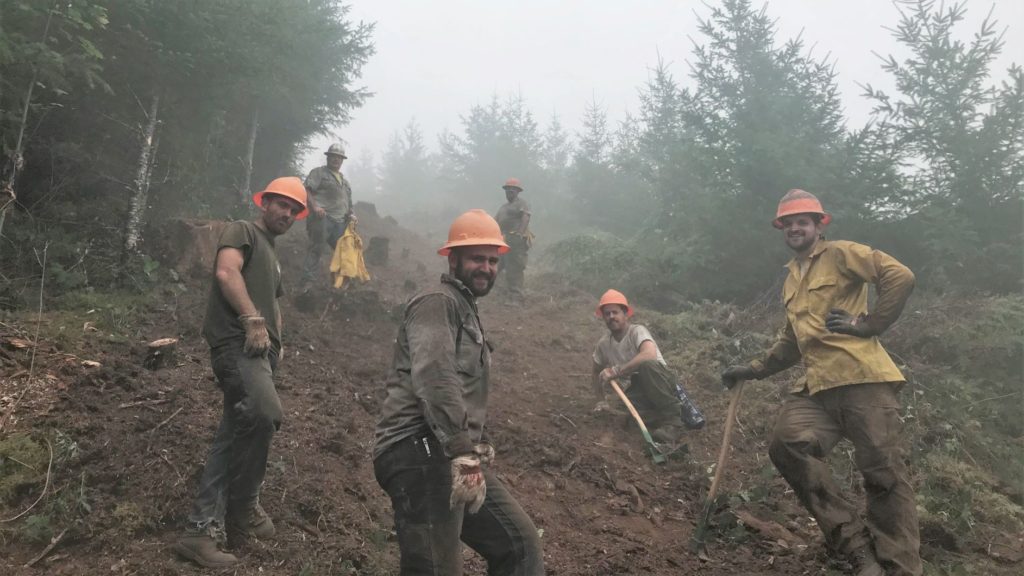**This opinion originally ran in the Portland Tribune
It’s rare to see Democrats and Republicans come together as productively as they recently did with the passage of a $376 million package aimed at addressing Oregon’s chronic undersupply of housing.
Despite divisive national rhetoric, Oregon legislators of all stripes are realizing the only reliable way out of our housing crisis is through building needed housing.
But Oregonians must recognize the critical resources that make this possible. We can’t add 36,000 new homes to our Amazon shopping cart each year — and those new homes won’t come from the local hardware store. They will come from the labor of working Oregonians constructing homes out of sustainably sourced, carbon-friendly building materials produced by 10 million acres of Oregon’s privately owned forests.
Every 60 seconds, Oregon’s 30 million acres of forest grow enough wood to build a typical sized house. That’s more than 526,000 houses per year. However, 20 million acres of those forests are either set aside as wilderness or have limited to no harvest, making private forests the key to locally sourced lumber.
We are lucky to live in one of the best places in the world to sustainably grow and harvest trees using the most modern environmental protections for forest practices in the world. Our state’s native species — Douglas fir — produces one of the most highly sought after building products available. Building with wood just makes sense; it’s the only building product that stores carbon long term and is less carbon intensive to produce than alternatives.
But Oregon’s timber industry is also one of the most highly regulated in the state — and some lawmakers seem intent on making it more difficult to provide needed wood products despite the fact that building homes with Oregon-grown wood aligns with everyone’s shared climate goals for our state.
We’ve seen several sawmills in western Oregon close in the past six months — and signs indicate there are more to come — in part due to regulations that restrict harvestable timber, adding to the decline of our rural communities and costing many Oregonians good paying jobs. Between the 2020 Labor Day fires that burned hundreds of thousands of acres of future wood supply, the Private Forest Accord which imposed sweeping upgrades to environmental protections but also decreased acres for harvest, and the state’s Habitat Conservation Plan that will reduce harvest on state forests by more than 30% — the forest sector is at a breaking point.
Additional regulations driven by environmental NIMBYism will only further constrain timber harvest and make building homes with Oregon-grown wood even harder.
Lawmakers recognized the barriers that homebuilders and municipalities are facing by taking on temporary reforms to permitting processes, restrictive zoning laws and environmental regulations.
The same common sense should apply to sourcing local lumber to build new homes.
Poll after poll shows Oregonians want our leaders to address the housing shortage — and they support building more housing across the state. Now, those same Oregonians must also recognize wood remains the only sustainable, carbon smart homebuilding material. It is renowned for its versatility, sustainability and aesthetic appeal. It’s time we acknowledge Oregon’s forests as the valuable resource they are — providing the raw materials essential for constructing homes, infrastructure and the common household products we all use every day.
It is now up to Oregon’s lawmakers to acknowledge forestry’s pivotal role in achieving Oregon’s ambitious housing production goals. By unleashing the full potential of Oregon’s timber industry, policymakers can bolster housing affordability, stimulate economic growth and foster job creation across the state.
Chris Edwards is the president of Oregon Forest Industries Council, a trade association representing more than 50 Oregon forest landowners and forest products manufacturers.


